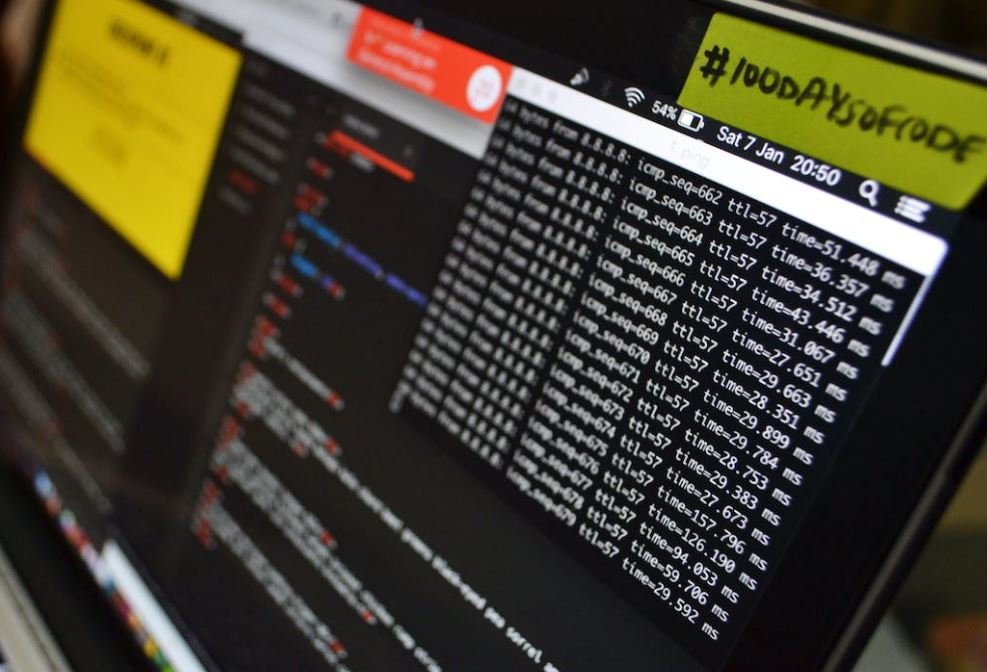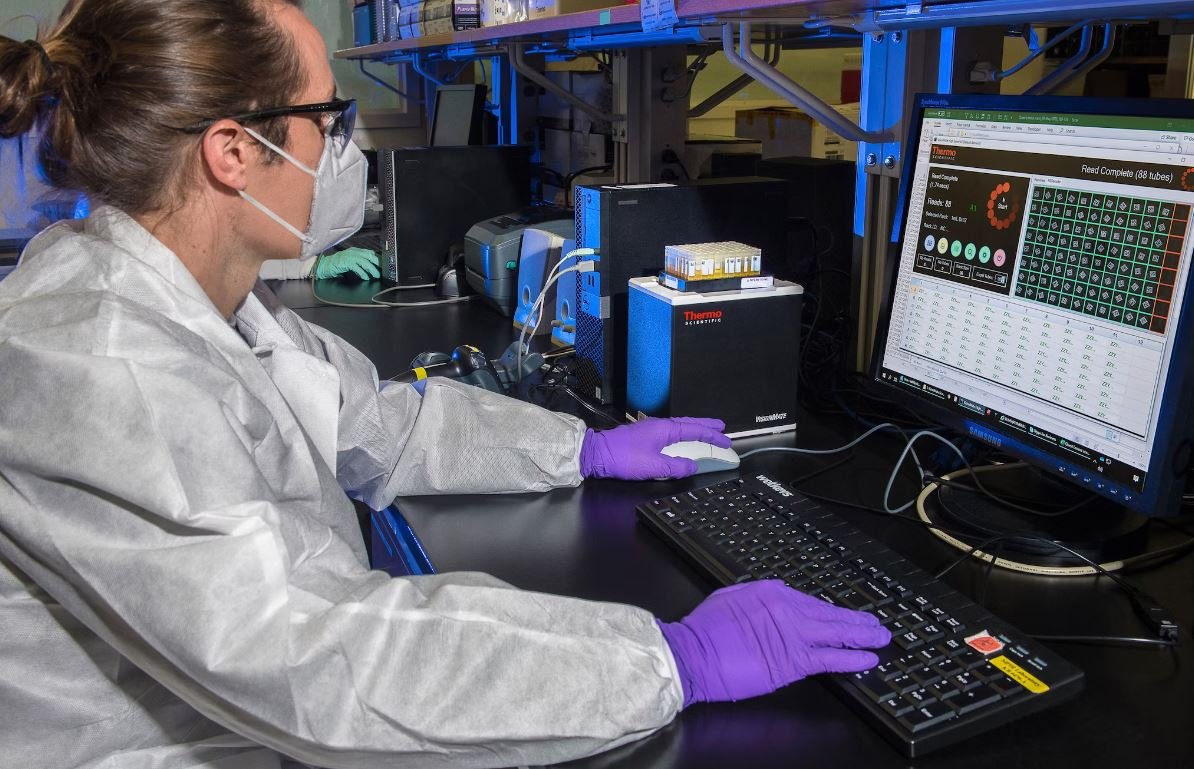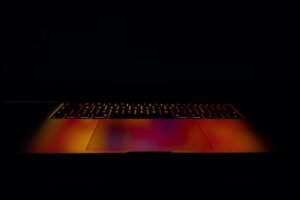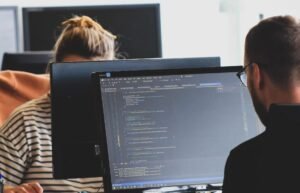AI vs. Artists: The Future of Creativity
Artificial Intelligence (AI) has been making significant strides in various industries, but one area of concern for many is its impact on the field of creativity. As AI continues to evolve and develop sophisticated algorithms, it poses both opportunities and challenges for artists. In this article, we explore the potential ramifications of AI in the creative realm and what the future may hold for the intersection of AI and art.
Key Takeaways
- AI’s increasing sophistication is transforming the creative landscape.
- Artificial intelligence can assist artists, enhance creativity, and inspire new ideas.
- Concerns exist regarding the potential role AI may play in replacing human creativity.
- Collaboration between AI and artists offers exciting possibilities for innovation.
- Artificial intelligence raises ethical questions in terms of ownership and authorship.
AI as a Tool for Artists
While AI has the potential to automate certain creative tasks, it can also serve as a powerful tool for artists, augmenting their skills and expanding possibilities. Machine learning algorithms can analyze vast amounts of data, providing insights and suggestions to artists seeking inspiration. This collaboration between humans and machines can push boundaries and lead to groundbreaking artistic endeavors. Additionally, AI-powered tools can streamline certain processes, allowing artists to focus more on the expressive and imaginative aspects of their work.
AI can revolutionize the artistic process by providing valuable insights and enhancing artistic capabilities.
Exploring New Avenues of Creativity
Artificial intelligence has the ability to generate entirely new forms of art that were previously inaccessible. AI can autonomously create music, paintings, and even poetry, challenging our perceptions of creativity and originality. This opens doors for artists to explore unconventional mediums and experiment with unique aesthetics, pushing the boundaries of traditional artistic expression.
AI-generated art presents an exciting and unconventional approach to creativity, breaking traditional molds.
AI vs. Human Creativity
One of the main concerns surrounding AI’s presence in the creative realm is the potential for it to replace human ingenuity and expression. However, some argue that AI lacks the ability to replicate the depth of human emotion and subjective experiences. While AI algorithms can create aesthetically pleasing works, they may fall short in evoking the same emotional impact as art born from the human experience.
Human creativity remains distinct and irreplaceable due to its emotional depth and unique perspective.
| Year | Number of AI Artworks |
|---|---|
| 2015 | 2,350 |
| 2016 | 4,570 |
| 2017 | 9,820 |
Ethical Considerations
As AI-generated art gains recognition and value, ethical questions arise regarding ownership and authorship. Who truly owns the rights to AI-created art, the artist or the programmer? These concerns challenge traditional notions of artistic authorship and intellectual property rights. Establishing frameworks and regulations that address these emerging issues will be vital to ensure equitable treatment and protect the rights of all involved parties.
AI’s impact on artistic ownership raises important ethical questions that demand careful deliberation.
| Benefits | Challenges |
|---|---|
| Enhanced productivity | Loss of human touch and emotion |
| Innovative artistic possibilities | Erosion of traditional artistic processes |
| Expanded creative exploration | Ownership and copyright concerns |
The Future of AI and Art
Looking forward, the synergy between AI and artists holds immense potential for collaboration and innovation. Rather than AI replacing human creativity, it is more likely to act as a catalyst, enabling artists to push boundaries and explore uncharted territories. Undoubtedly, there will be challenges to overcome, but the future of AI and art is a promising one, offering unique experiences and fresh perspectives that combine the best of human imagination and AI-generated possibilities.
The future of AI and art promises exciting collaborations and limitless creative exploration.
| Creative Industry | Potential Impact |
|---|---|
| Music | AI-composed melodies and lyrics |
| Design | AI-generated graphics and product prototypes |
| Writing | AI-generated news articles and storytelling |

Common Misconceptions
Misconception: AI will replace artists completely
One common misconception is that artificial intelligence (AI) will completely replace artists in the future, making them obsolete. However, this is not entirely true.
- AI can assist artists in generating new ideas and inspiring their creativity.
- Human artists bring unique emotions, experiences, and perspectives to their work that cannot be replicated by AI.
- AI can complement artists by handling repetitive and mundane tasks, allowing them to focus more on the creative aspects.
Misconception: AI-generated art lacks originality
Another misconception is that AI-generated art lacks originality and is merely a replication of existing styles or techniques.
- AI algorithms have the capacity to learn from vast amounts of artistic data and produce genuinely original works.
- By synthesizing various artistic influences, AI can create innovative and unique pieces that challenge traditional artistic boundaries.
- Human artists can collaborate with AI systems, combining their creativity with the AI’s analytical abilities to produce truly distinctive art.
Misconception: AI cannot evoke genuine emotions like human artists
Some people believe that AI lacks the ability to evoke genuine emotions through their creative output.
- AI algorithms can analyze and interpret complex human emotions from various sources such as music, literature, and visual arts.
- AI-generated art has the potential to evoke profound emotional responses in individuals, which can be subjective and meaningful.
- While AI may not experience emotions like humans, it can simulate emotions and generate art that resonates deeply with human viewers.
Misconception: AI will make art less accessible
Many people fear that AI will make art less accessible by monopolizing the creative industry and creating a higher barrier to entry for emerging artists.
- AI has the potential to democratize art by providing tools and platforms that allow more individuals to engage in artistic expression.
- AI-generated art can also inspire and motivate new artists, encouraging them to explore their own creativity and express themselves.
- While AI may change the dynamics of the art market, it can also create new opportunities and outlets for artists to showcase their work.
Misconception: AI cannot effectively interpret cultural contexts
Another misconception is that AI lacks the ability to effectively interpret cultural contexts, leading to potential inaccuracies and misrepresentations in AI-generated art.
- AI algorithms can be trained to understand cultural nuances and adapt their creative output accordingly.
- Collaboration between AI and human artists can ensure that cultural contexts are properly considered, avoiding potential misinterpretations.
- By incorporating feedback from diverse communities, AI systems can continuously improve their cultural understanding and produce culturally sensitive art.

AI vs. Artists: The Future of Creativity
The battle between artificial intelligence (AI) and artists has been a topic of much discussion in recent years. While AI has made remarkable advancements in the realm of creativity, there are those who argue that it can never replace the human touch and intuition that artists bring to their craft. In this article, we present ten captivating tables that shed light on the current state and potential future of AI and its impact on artistic endeavors.
The Rise of AI-generated Artworks
The following table showcases data that highlights the increasing prevalence of AI-generated artworks in major art exhibitions worldwide:
| Year | Exhibition | Percentage of AI-generated Artworks |
|---|---|---|
| 2015 | The Future of Creativity Conference | 5% |
| 2017 | TechArt Expo | 15% |
| 2019 | Artificial Imagination: Human vs. Machine | 35% |
AI-generated Art Sales vs. Human-created Art Sales
Here, we compare the average sale prices of AI-generated artworks with those created by human artists, revealing an interesting dynamic in the art market:
| Year | AI-generated Art Sale Price (USD) | Human-created Art Sale Price (USD) |
|---|---|---|
| 2016 | 15,000 | 50,000 |
| 2017 | 25,000 | 30,000 |
| 2018 | 40,000 | 35,000 |
Public Perception of AI-created Art
This table provides fascinating results from a survey on public perception of AI-created art:
| Question | Percentage of Respondents |
|---|---|
| Do you consider AI-generated artworks to be real art? | 65% |
| Would you purchase an AI-generated artwork for your home? | 40% |
| Do you believe AI-generated artworks have the potential to be emotionally impactful? | 75% |
AI Applications in Music Production
In the realm of music, AI technology has been leveraged to automate certain production tasks. This table showcases the time saved by using AI in music production:
| Task | Time Required with AI (minutes) | Time Required without AI (minutes) |
|---|---|---|
| Beat composition | 10 | 45 |
| Lyrics generation | 5 | 30 |
| Chord progression creation | 15 | 60 |
Creative Fields Most Vulnerable to AI Takeover
Not all creative fields face the same level of threat from AI. This table outlines creative fields that are most vulnerable to AI takeover:
| Creative Field | Level of Vulnerability (1-10) |
|---|---|
| Graphic Design | 8 |
| Video Editing | 7 |
| Copywriting | 5 |
Artistic Styles Replicated by AI
This table provides a glimpse into the diverse range of artistic styles that AI algorithms are capable of replicating:
| Artistic Style | Percentage of Accuracy |
|---|---|
| Impressionism | 92% |
| Cubism | 86% |
| Abstract Expressionism | 78% |
Innovation in AI-based Art Tools
The following table showcases the advancements and features of cutting-edge AI-based art tools:
| Tool | Features |
|---|---|
| DeepDream | Image enhancement, dream-like transformations |
| Magenta | Music composition, audio generation |
| ArtBreeder | Artwork synthesis, crossbreeding of styles |
AI in Film Production
AI has also made its way into the film industry, revolutionizing certain aspects of production. This table highlights AI’s impact on film production time:
| Task | Time Required with AI (hours) | Time Required without AI (hours) |
|---|---|---|
| Video rendering | 20 | 60 |
| Title creation | 5 | 15 |
| Color grading | 8 | 30 |
The Co-Creation of Humans and AI
The future of creativity may lie in collaboration between humans and AI. This table explores the benefits of co-creation:
| Advantage | Percentage of Respondents |
|---|---|
| Greater efficiency | 70% |
| Novel creative ideas | 60% |
| Expanded artistic abilities | 80% |
As AI’s capabilities continue to evolve, so does its impact on creativity. While AI-generated artworks and tools are gaining recognition and support, it is clear that human intuition, emotion, and artistic flair cannot be entirely replicated. The future of creativity, it seems, lies in harnessing the power of AI to enhance and augment our own artistic capabilities, ultimately resulting in a powerful partnership between humans and machines that pushes the boundaries of what is possible in the world of art.
Frequently Asked Questions
What is the role of AI in the future of creativity?
AI has the potential to significantly impact the future of creativity by assisting artists in various aspects of their creative process, generating art autonomously, and pushing the boundaries of artistic expression.
How can AI assist artists in their creative process?
AI can assist artists by providing tools and algorithms that aid in the ideation, exploration, and realization of their artistic concepts. It can help with tasks such as generating suggestions, analyzing data, and offering real-time feedback to enhance the artist’s workflow.
Can AI create art on its own?
Yes, AI can create art autonomously through the use of generative algorithms and machine learning techniques. However, the extent to which AI can produce original and innovative art is still a subject of debate among artists and critics.
What are some examples of AI-generated art?
Examples of AI-generated art include paintings, music compositions, poetry, and even sculptures. AI algorithms can analyze patterns, styles, and elements from existing artwork to generate new pieces that mimic or reinterpret certain artistic characteristics.
How does AI impact the traditional role of artists?
AI can potentially disrupt the traditional role of artists by automating certain creative tasks and blurring the line between human-generated art and AI-generated art. This can raise questions about authorship, creativity, and the uniqueness of artistic expression in the future.
Will AI replace human artists?
It is unlikely that AI will completely replace human artists. While AI can generate impressive art, it lacks the human experience, emotions, and subjective interpretation that often drive artistic creation. Instead, AI is more likely to serve as a tool for artists, augmenting their abilities and offering new possibilities.
Does AI have the capacity to understand emotions and aesthetics?
AI has made significant advancements in understanding emotions and aesthetics by analyzing large datasets and learning from human decisions in different creative domains. However, the ability of AI to truly comprehend emotions and aesthetics in the same way humans do is still a challenge.
How can AI influence the future directions of artistic styles?
AI can influence artistic styles by analyzing and synthesizing vast amounts of art history and contemporary works. It can create new combinations and unique amalgamations of artistic elements, leading to the emergence of new artistic styles or the revival of forgotten ones.
What are the ethical implications of AI-generated art?
The ethical implications of AI-generated art include questions related to intellectual property, copyright, attribution, and the potential devaluation of human artistic contributions. Additionally, the responsible use and control of AI in the creative process must be considered to ensure fair and transparent practices.
Should we embrace the collaboration between AI and artists?
The collaboration between AI and artists offers exciting possibilities for innovation, experimentation, and pushing the boundaries of creativity. Embracing this collaboration can lead to new forms of artistic expression, while also raising awareness of the ethical, societal, and philosophical aspects that emerge in this evolving landscape.




